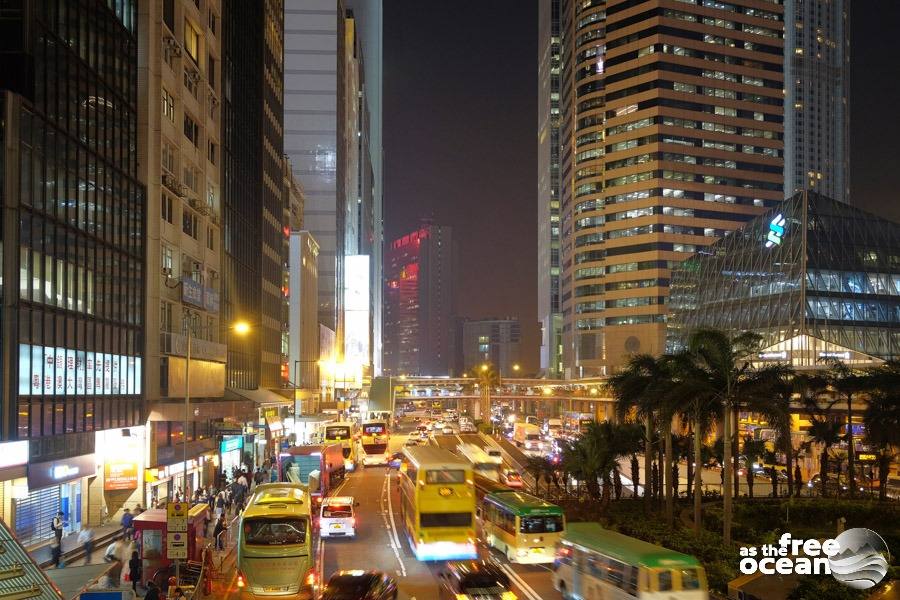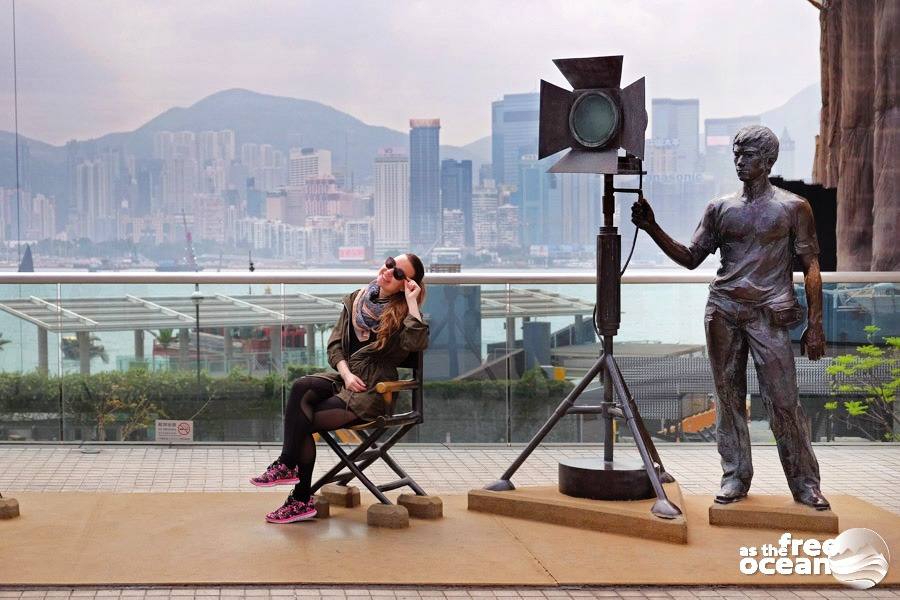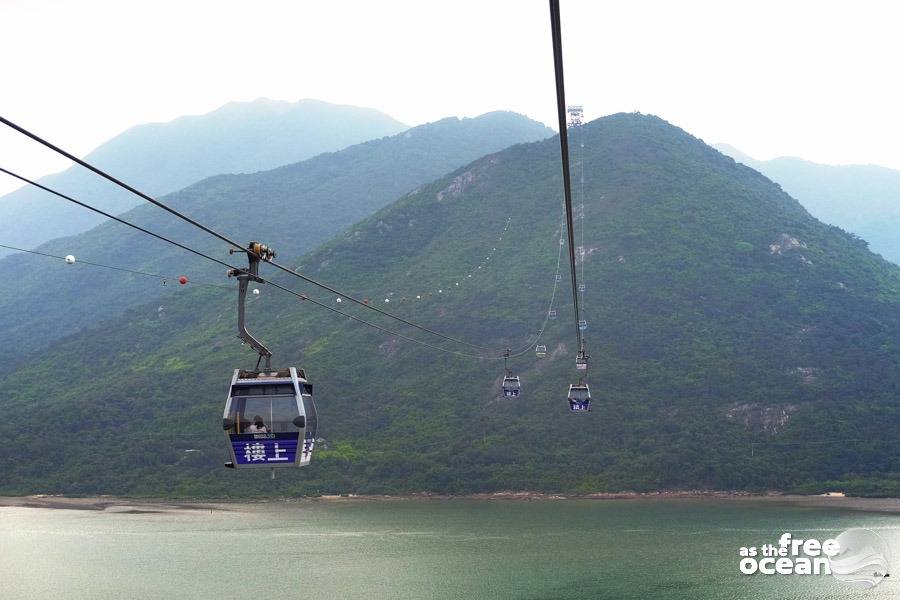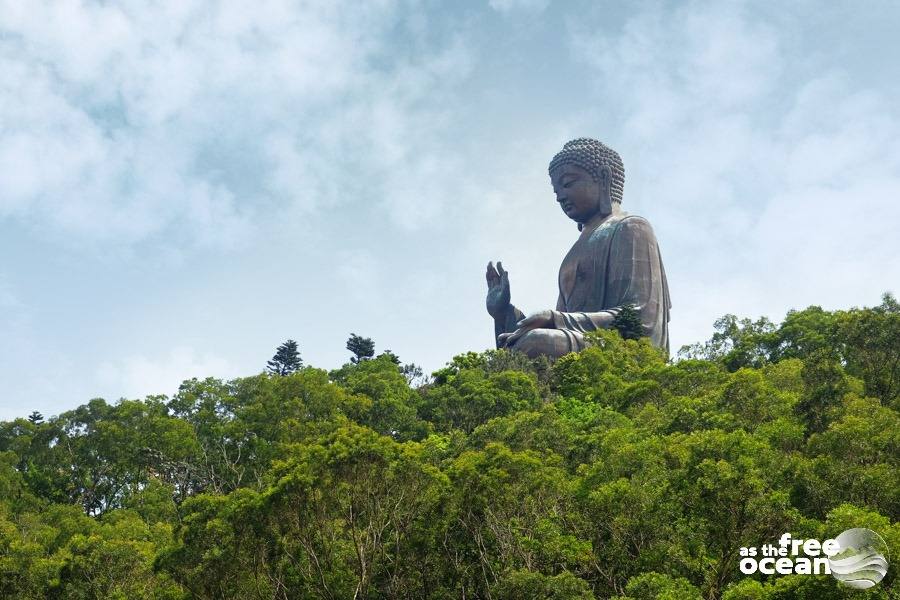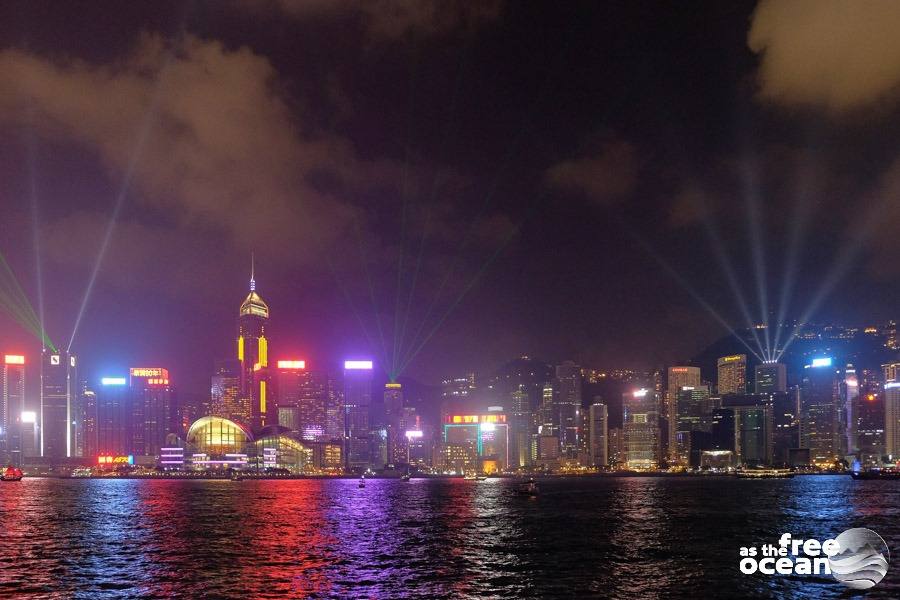What should I say about Hong Kong? It is a city that I wanted to visit for a long time. Actually, it is the first big city I ever dreamed of. When I was 13, I read a book about the adventures of a girl in Hong Kong and since then I always wanted to visit the so-called Pearl of the Orient.
Now the time had finally come, but the magical feeling that I had expected and the enthusiasm that I usually feel when I’m in a new place did not arrive. Why? I can not tell exactly! I know what it means to explore big metropolises as I have lived in Dubai for 2 years and in Sydney for some time, I visited New York, Tokyo, Berlin, Lima and Moscow, but Hong Kong couldn’t fascinate me at first.
Probably the contrast to Japan was bigger than expected or did I expect too much? I’m sure that some of the important factors were my own well-being, because I had a cold, and the value for money in our hostel was not the best either.
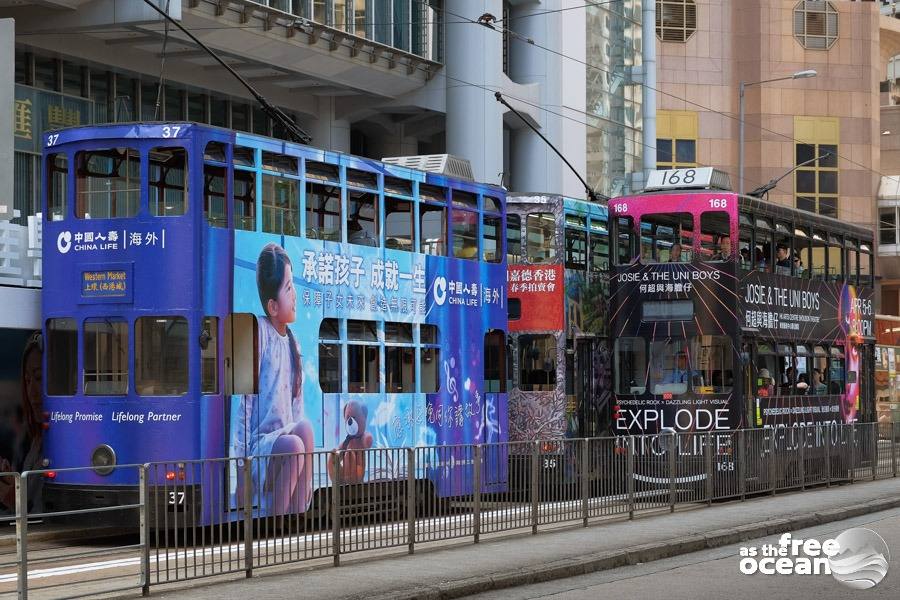
A second chance for Hong Kong
But there was something that convinced me to give Hong Kong another chance. It was the day we planned to visit a major tourist attraction in Hong Kong, Victoria Peak. We arrived at Central Station and walked between the cold looking skyscrapers towards Peak Tram Station. We knew, like any other area in the city, we had to expect many visitors. Therefore we had previously informed ourselves about the walking distance to the lookout point.
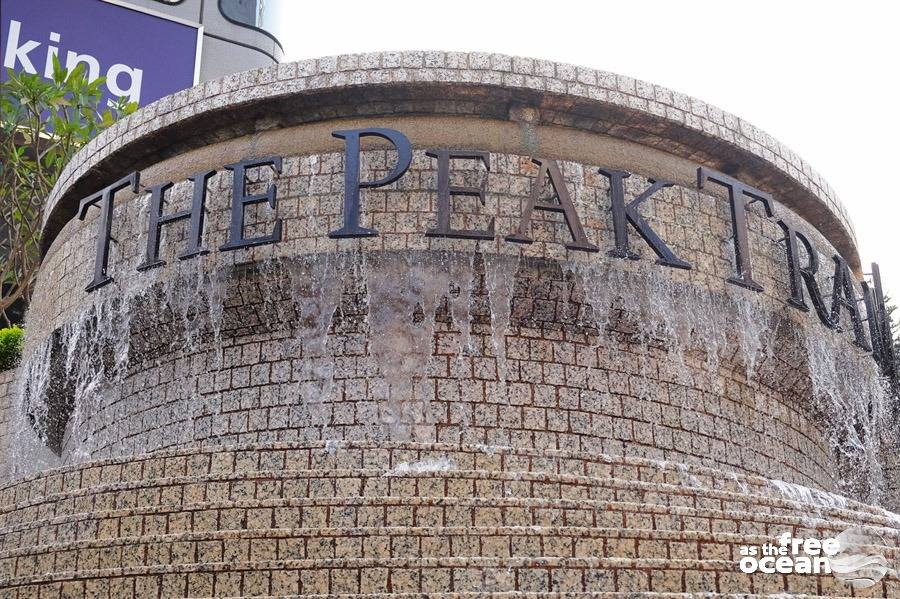
Once we arrived at the station, our guess came true. I can not say how many meters the queue was, but it seemed with no end. It took not long for Alex and me to make a decision. After a last look at Google Maps to find the right path to the peak we set off. We agreed that even with the flu, the heat and the steep path, we were still faster than waiting in line for the tram. Besides, we both prefer walking.
And then came the wow effect.
On the way to Victoria Peak
Our walk led us through the Botanical Gardens and between the skyscrapers. From here you can already imagine what view will be offered to you. It’s easy to find your way. After the garden you can see the pink signs leading towards the peak. In the end, you just need to walk up.
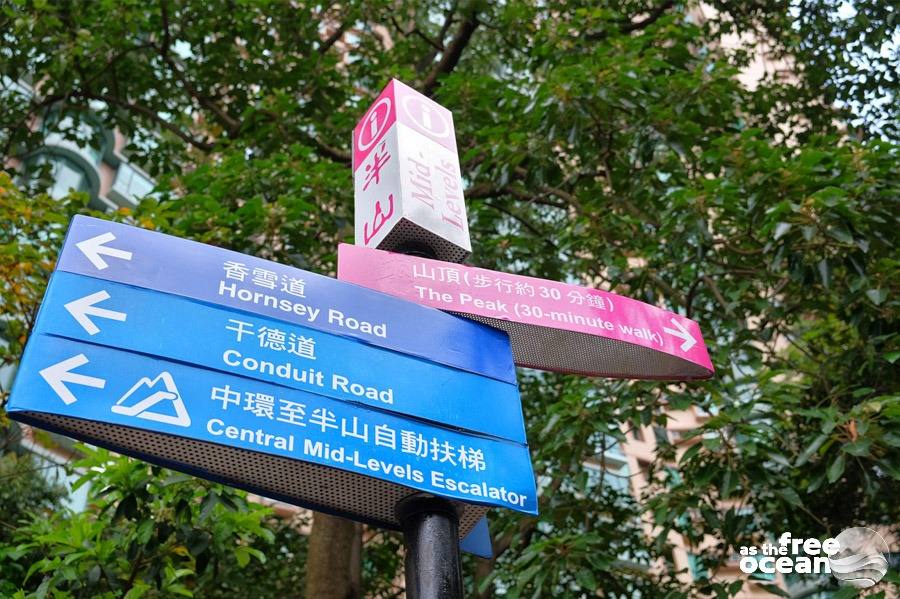
At some point, you will reach a pedestrian zone. From here the road is steep, but it is a very nice path in the shade of the trees. Suddenly you will find yourself far away from the city bustle in the middle of nature and only the skyscrapers that occasionally dart through the trees, allow you to understand that you are still in the city. During our little hike we even saw a boar.
Finally, we arrived at the top… We were sweating and were exhausted, but it was worth doing it for the view from the almost 400 m altitude. The moment we found ourselves in the big crowds again, we knew it was the right decision to do the walk. A quick glance at the watch told us that the walk took only 40 minutes, so we can definitely recommend it to everyone.
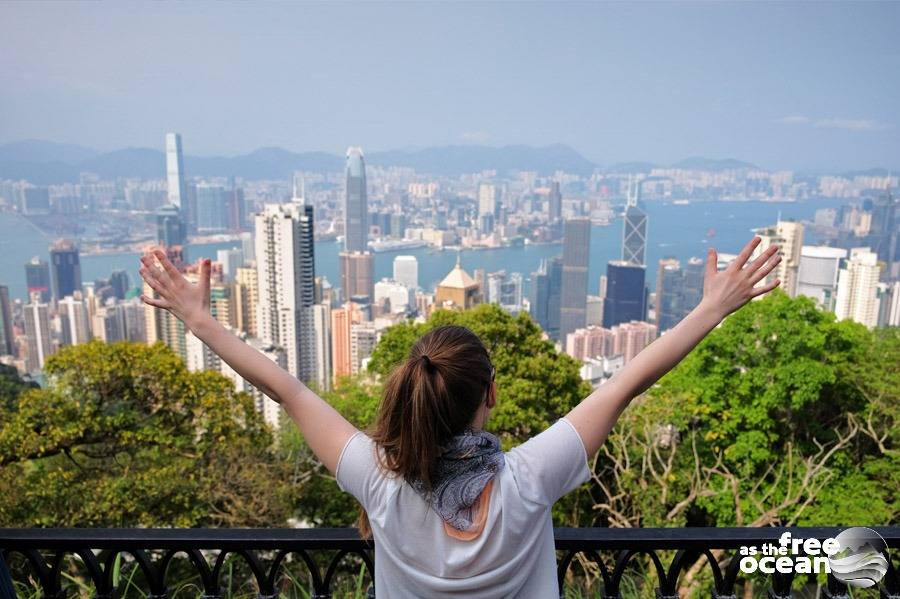
However, we do not want to question the Peak Tram. The almost 130-year-old train ride is definitely worth a try. There is a reason why the Peak Tram is called “The Pride of Hong Kong”. While driving, it is said that you feel like the houses are falling over. Of course, that’s just an illusion. A study in 2013 showed that this illusion arises from the oblique position of the body (from 4 ° to 27 ° downhill).
History of the peak
The Victoria Peak or Tai Ping Shan (Chinese) means “mountain of great peace”. At 552 meters above sea level, Victoria Peak is the highest point on Hong Kong Island and served as a signal position for incoming cargo ships in the 19th century.
The cooler air that prevailed at this altitude attracted privileged locals, who gradually settled on the mountain. At that time they were still carried up on sedan chairs. The exclusive residential area became increasingly popular and in May 1881, the Scottish man Alexander Findlay Smith made a plan to reach the mountain faster and easier.
The tram line was opened in 1888 by Governor Sir William Des Voeux and offered space to 52 passengers. This has been expanded to 120 passengers per trip until today. These and many more information can be found at the visitor center located on the top, in an old train.
Victoria Peak is more than just a lookout
If the train journey and the view are not sufficient as highlights, you can visit for example the Madam Tussauds wax museum or the Sky Terrace. At the Peak Post Office, you can send souvenir cards with a special peak stamp. Of course, there is a whole lot more to discover. Here is something to enjoy for everyone: shopping lovers, gourmets or connoisseurs.
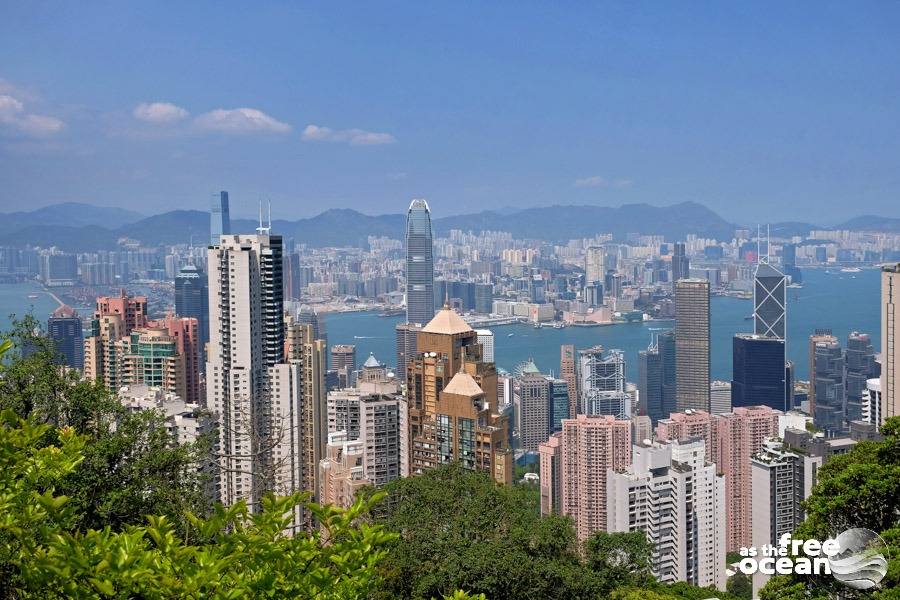
If we get the chance to come back, we will try to arrive in the late afternoon to enjoy the skyline with evening lights and we’ll spend more time wandering on the peak itself. Various hiking routes are listed on the website of the peak.
By the way, there is also a bus that goes directly to the peak. Line number 15 runs daily from Pier 5 Central to the Peak (cost about 10HK $). More information about the buses here.
The day itself was very successful and even during our descent I could not restrain my enthusiasm for this magnificent view and walk. That day helped me change my mind about Hong Kong and I’m sure that someday I will come back and have a better start.
Here you will find more pictures of Hong Kong.

